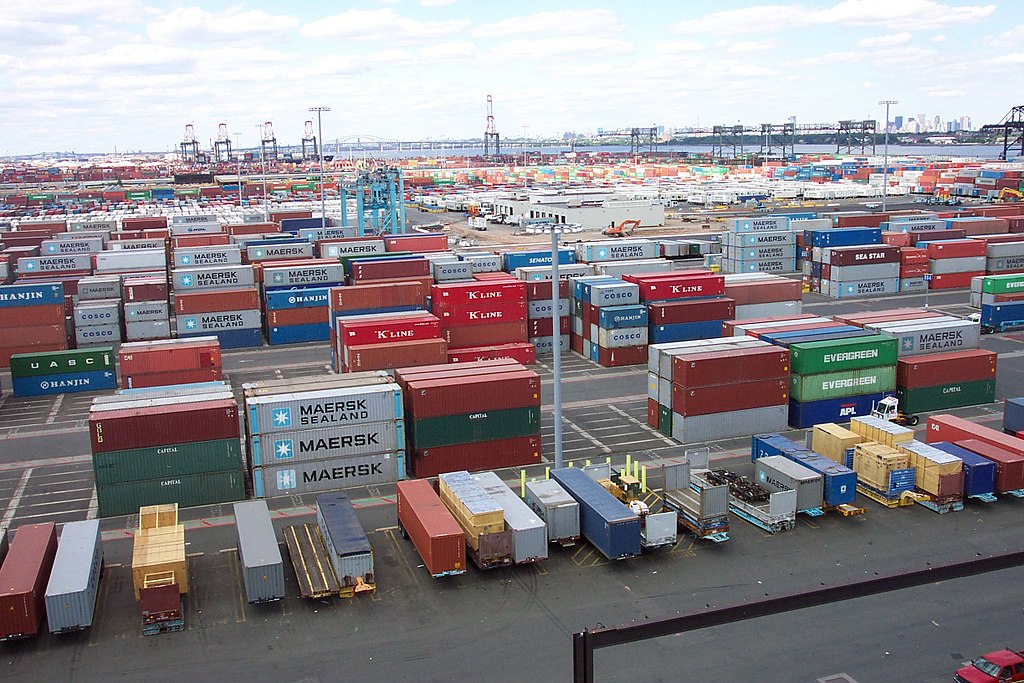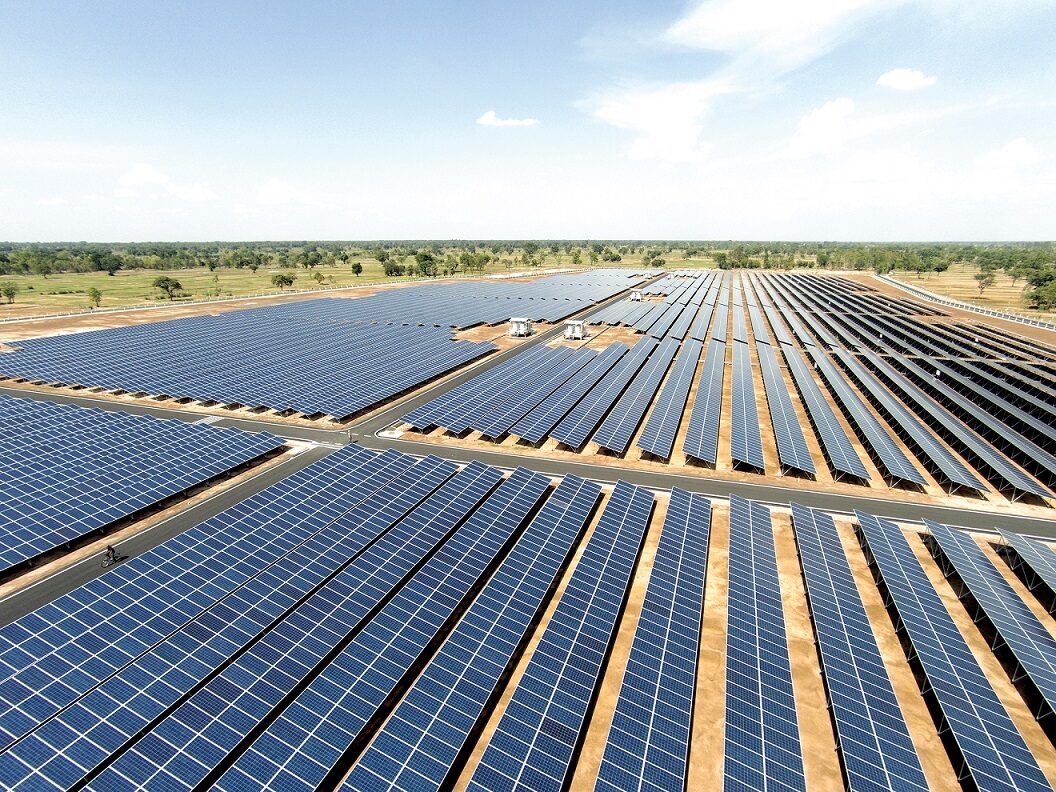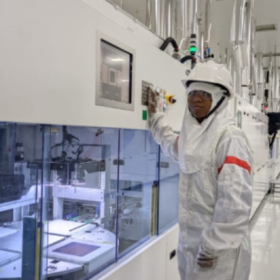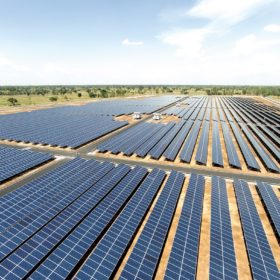The Ministry of New and Renewable Energy (MNRE), in its drive towards reducing India’s dependence on solar imports and achieving self-reliance, announced compulsory registration of solar module manufacturers under the Approved List of Models and Manufacturers (ALMM) and has published a list of eligible models and manufacturers of solar cells and modules as of March 2021.
The current ALMM, as notified by MNRE, mainly captures domestic manufacturers with a cumulative enlisted capacity that is still not able to meet the allotted bid capacity.
The idea of ALMM is to verify the manufacturing unit physically and is mandatory for manufacturers supplying to the government-owned solar projects. This will be an extension of the quality check by the Government of India, which is currently limited to product (BOM) testing by BIS (Bureau of Indian Standards) certification.
The ALMM listing requirement was introduced to have better control over the quality of products available in the market. The application of BIS certification has only become limited to Government compliance.
Irrespective of all efforts already being taken by BIS, all major developers have to audit the manufacturing lines and invigilate the manufacturing process. As per industry experts, ALMM is more of a non-tariff barrier for foreign manufacturers.
The manufacturer needs to pay the application fee for the total installed capacity under the brand name at the rate of INR 5000/MW of enlisted global capacity. Now for all the major suppliers, only 10% of their capacity is being sold in India. For instance, a company with a total manufacturing capacity of 10 GW is selling 1 GW in India. For this capacity, they have to pay an application fee of INR 5 crore. There are additional costs such as two-time factory visit costs of each unit, which add about INR 1 crore to the application fee cost.
For module manufacturers/suppliers in India, cells being used must also be ALMM approved though the manufacturer is not selling cells directly in India. Hence, for vertical integrators, the cost of application doubles up, and similarly, manufacturers will increase the price, which in turn affects the input to a financial model. Thus, the biggest challenge of ALMM is the cost involved, which, in turn, affects the bid tariff.
Secondly, the timeline involved in ALMM registration for foreign manufacturers is also a challenge. The ALMM enlistment process is long, with manufacturers having to share their financial details, capacity, and purchase details of raw materials. Hence, it may take a minimum of two years for the process to go through. Also, BIS is a prerequisite for ALMM application. All of this makes a new product practically unfeasible to be launched in India within a time frame of 6-9 months, even after the initial ALMM registration of the manufacturer.
We understand that the government’s intent is positive as ALMM aims to have a quality benchmark for modules, but, as it stands right now, it is only encouraging the Indian manufacturers to set up plants in India with vertical integration to uplift the Indian market, which might take significant time.
In the current form, ALMM limits the solar developer in terms of the choice of module wattage and make and thus is not able to serve the purpose of accelerating India’s Solar mission and targets.
The views and opinions expressed in this article are the author’s own, and do not necessarily reflect those held by pv magazine.
This content is protected by copyright and may not be reused. If you want to cooperate with us and would like to reuse some of our content, please contact: editors@pv-magazine.com.








By submitting this form you agree to pv magazine using your data for the purposes of publishing your comment.
Your personal data will only be disclosed or otherwise transmitted to third parties for the purposes of spam filtering or if this is necessary for technical maintenance of the website. Any other transfer to third parties will not take place unless this is justified on the basis of applicable data protection regulations or if pv magazine is legally obliged to do so.
You may revoke this consent at any time with effect for the future, in which case your personal data will be deleted immediately. Otherwise, your data will be deleted if pv magazine has processed your request or the purpose of data storage is fulfilled.
Further information on data privacy can be found in our Data Protection Policy.